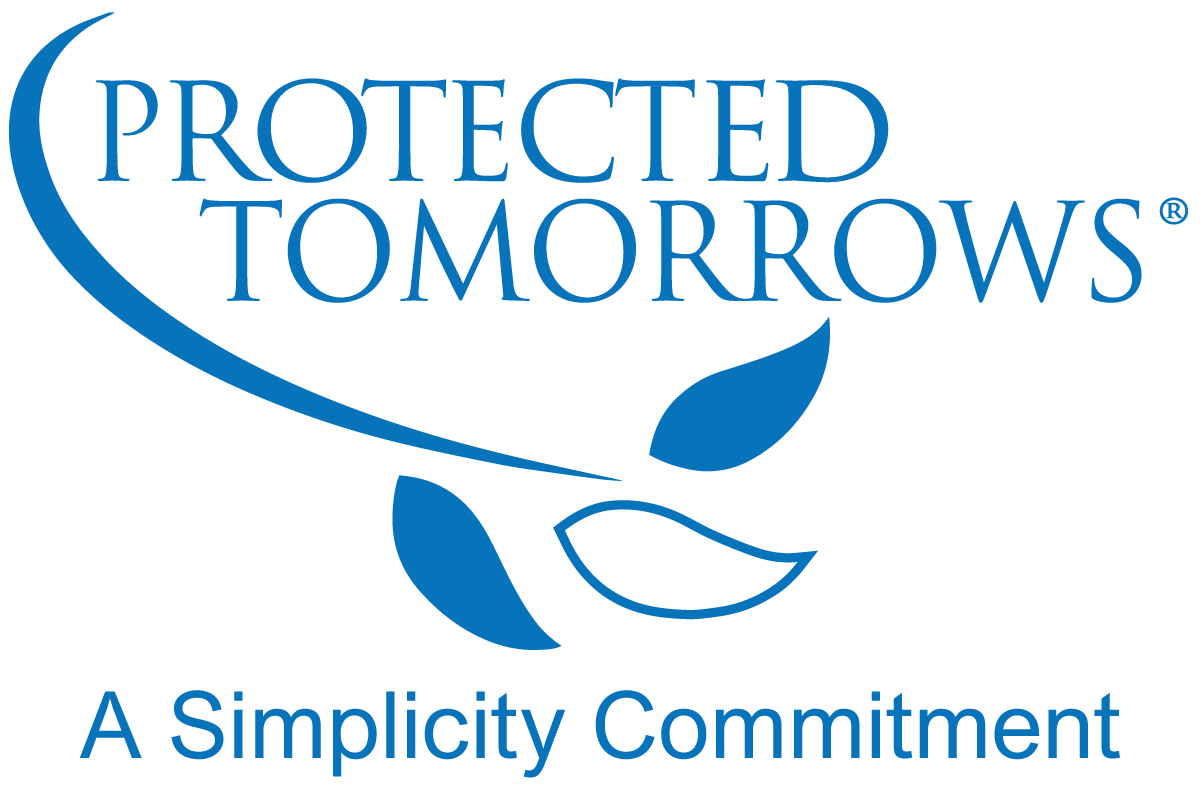Spotlight on: Spinal Muscular Atrophy
Al Freedman of Pennsylvania will never forget the day he was told that his 6-month-old son Jack had spinal muscular atrophy (SMA), an incurable and progressive neuromuscular disorder. “It was like being launched into the Twilight Zone,” Freedman says. Life was suddenly filled with doctor visits, scary hospital stays and equipment to help Jack eat, breathe and cough.
Yet, Freedman remembers just as clearly the day his grief over having a severely disabled and medically fragile child lifted. It was a day like any other day. He was driving the van, 4-year-old Jack in the back seat, laughing and singing to the radio.
“He had such a positive attitude about him,” Freedman says. “I remember thinking that I should not limit his happiness by my sadness.”
Jack is now 11 years old. While his life is different than other children’s his age, in many ways, it is also much the same. He goes to school, plays with friends, swims and works on his computer. According to his father, he’s a happy boy who seldom complains about his physical limitations. For Jack, says Freedman, his disability “is what it is.”
SMA is a genetic disorder that occurs in one out of every 6,000 live births. It is caused by a missing or mutated survival motor neuron gene known as SMN1. This gene triggers the production of a protein crucial for the proper working of motor neurons.
Motor neurons are nerve cells that start in the brainstem and run down into the spinal cord, sending messages to the muscle cells that control voluntary movements such as breathing, swallowing, speaking and walking. Without the necessary protein, motor neurons degenerate and die, causing muscle weakness. SMA does not affect cognitive abilities; in fact, many children with this condition are described as being unusually bright.
One in every 40 people carries the defective gene that causes SMA. The offspring of two carriers has a one in four chance of having SMA.
Because the course of SMA varies, it is generally classified into four types based on age of onset and the achievement of motor milestones:
Type I is the most severe type of SMA. It affects children age 6 months or younger, 50 percent of whom die before they reach age 2, generally due to complications from respiratory infections. Children with Type I SMA are unable to sit without support.
Type II SMA strikes those between 7 and 18 months of age. Children with Type II SMA are able to sit without assistance, though they may need to be placed into a sitting position. They may suffer frequent respiratory infections and are at greater risk for complications from these infections.
Type III is a less serious form of SMA, affecting children from 18 months into the teen years. Although their muscles are weak, children with this type of SMA can walk initially. They often need a wheelchair as the disorder progresses.
Type IV affects people older than age 35.
Most often, parental concern about a child’s lack of normal movement or failure to meet motor milestones precipitates testing for SMA. Most SMA cases can be detected by a blood test, which looks for the presence of the SMN1 gene.
While physical problems vary according to type and severity of SMA, three of the most common problems are:
Because of weakness of the muscles involved in sucking, chewing and swallowing food, children with Type I and some children with Type II SMA have difficulty taking in enough food to grow normally. They also may have problems with choking during eating. It may be necessary to provide nutrition through a feeding tube.
Children with Type I and Type II SMA breathe with the diaphragm muscle because they have weak intercostal (between the rib) muscles. This respiratory muscle weakness results in underdeveloped lungs, problems taking deep enough breaths to maintain normal oxygen and carbon dioxide balance and trouble coughing in order to bring up secretions from the lungs.
A respiratory care plan should be in place as soon as an individual is diagnosed with SMA. This plan specifies the daily respiratory care needed and any intensified care that may be necessary during colds or other respiratory illness. It may include:
- Measuring the oxygen level in the blood (pulse oximetry)
- Chest physiotherapy to loosen secretions in the lungs
- Positioning to allow secretions to drain
- Suctioning to rid the upper airway of secretions
- Manual and/or machine cough assistance
- Non-invasive respiratory support (intermittent positive pressure ventilation)
- Invasive respiratory support through tracheotomy (surgical opening in the windpipe) and mechanical ventilation
Children with SMA, particularly if they are unable to walk, usually develop problems such as scoliosis (curvature of the spine) and contractures (permanent shortening of muscles and tendons adjacent to a joint) with decreased range of motion in the joint. Physical and occupational therapists can help family caretakers decrease the severity of these problems with therapeutic exercises, proper positioning and the use of devices to help the child to a standing position (standers).
Parents of a child newly diagnosed with SMA often find themselves in a whirlwind of medical office visits. They may experience frustration in finding that some health care providers are unfamiliar with SMA. Freedman stresses that it’s important to seek out medical professionals who are knowledgeable about the condition. One good place to start is your local Muscular Dystrophy Association (MDA). You can find the MDA in your community by visiting www.mdausa.org. MDA helps with resources for all neuromuscular disorders including SMA.
MDA-sponsored clinics are held in a number of hospitals, says Lisa Perry, coordinator of Good Shepherd Rehabilitation Hospital’s Muscular Dystrophy Program in Allentown, Penn. Many of these programs offer a multidisciplinary approach to SMA that includes physical and occupational therapy, speech therapy, nursing services, respiratory care and counseling. The MDA often covers costs that are not paid for by insurance companies. “I like to think that we walk hand-in-hand with families every step of the way,” Perry says.
Another source of support is Families of Spinal Muscular Atrophy (http://www.fsma.org), an online resource center offering comprehensive education and support for individuals with SMA and their caregivers. In addition to news and education regarding all aspects of SMA, there is an online chatting feature. To learn more, visit the Web site or call (800) 886-1762.
Being the parent of a child with SMA can be challenging. The child will need extra help to meet physical challenges that can delay development and set them apart from their peers. Despite these challenges, however, having a child with SMA is a gift, according to Freedman. In fact, he says Jack has led him to people, places and opportunities he might not otherwise have experienced.
“He teaches a lot of important things by his presence,” Freedman says. “Jack brings out the best in everyone: me, my wife and others around him.”
Related Resources

Gifting Guidelines for an Individual with Special Needs
read article

Your Guide to the Special Education Identification Process – Step 1
read article
 search
search 





